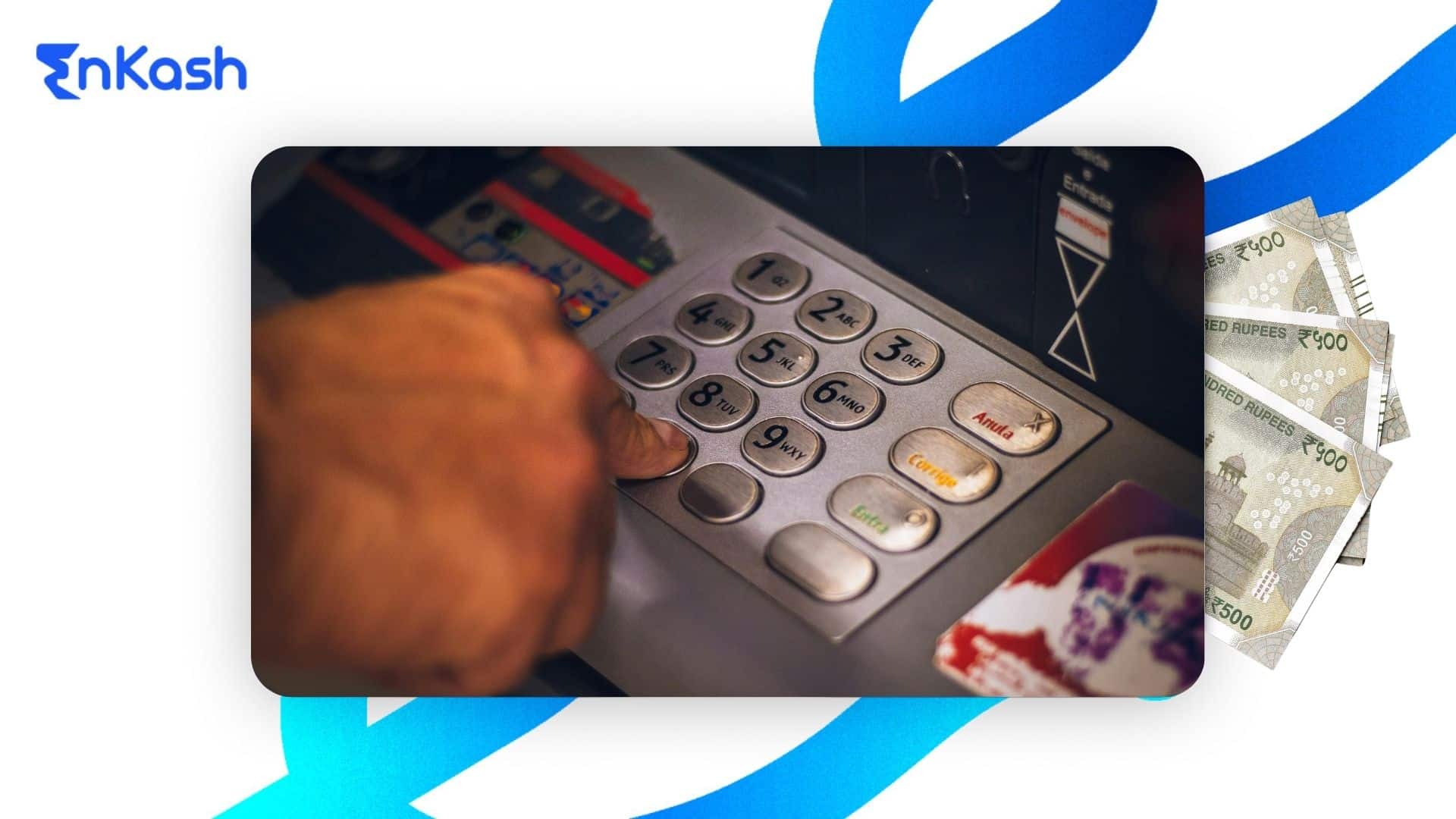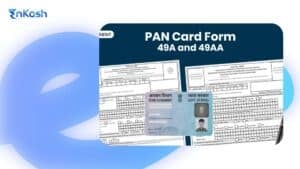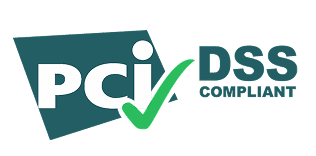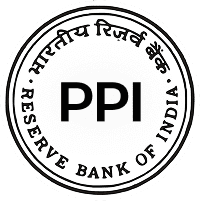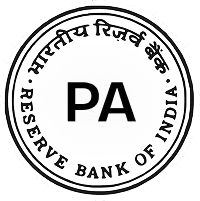Introduction
Maintaining operational momentum requires the uninterrupted flow of funds in this fast-moving business environment. Payments to vendors, employee reimbursements, and day-to-day expenditures all require a financial system offering speed with ease and liquidity. Demand Deposits Account provides just the sort of features. Then, the question remains: What is a demand deposit account, and how does it enhance your financial efficiency? In such accounts, money can be withdrawn at any time without prior notice, enabling real-time transactions and instant access to funds. At EnKash, we empower businesses to make smarter financial decisions by using such agile banking instruments. This blog explores the definition of a demand deposit, its types, and how businesses can make full use of these accounts through the EnKash platform.
What Is a Demand Deposit?
Nowadays, in fast-moving financial markets, modern-day businesses require prompt and continuous access to money to pay their daily expenses. This is where demand deposits enter the picture. A demand deposit account may be expended anytime and without giving any prior notice to the bank or incurring any penalties. This fund, being the most liquid form of storage, is commonly utilized by individuals, professionals, and corporations to carry out their financial transactions daily. To put it simply, demand deposits refer to funds, this is money that a depositor can immediately draw upon. The meaning of demand deposits largely rests upon this simple premise of ease and flexibility. These accounts are typically used for day-to-day transactions like retail purchases, payments to vendors, utility bills, and online transfers. Such a point, in the definition of demand deposits, allows for free withdrawal of money, thereby making demand deposits most suitable for companies whose cash inflow/outflow varies from time to time.
Whereas a term deposit or fixed deposit will bind the funds for a stipulated time frame, a demand deposit means funds in one’s bank account are immediately available for use and are, therefore, especially important for operational flexibility. Understanding the concept of demand deposit is imperative to managing working capital and cash flow. These accounts support the unhindered financial activity of paying suppliers, employees, and service providers on time. Small startups and freelancers, all the way up to large companies, depend on demand deposits for convenience and speed.
EnKash makes demand deposits work for a business by integrating the deposit into a smart spend-management platform. Demand deposits ensure corporate card payments, employee reimbursements, and bulk disbursements are all maintained in real time and comply with requirements, besides keeping them efficient. By leveraging demand deposits with automation and controls, EnKash gives businesses the ability to keep financial operations straightforward and respond swiftly to changes in the marketplace.
Understanding Demand Deposit Accounts (DDA): Full Form and Role in Banking
Business banking today has a DDA or Demand Deposit Account as one of the standout terms. Its full form in banking is quite straightforward: accounts where money is accessible “on demand,” meaning neither a maturity period nor a penalty is applicable on withdrawing the funds. In other words, demand deposit accounts allow funds to be deposited or withdrawn at will, so they are a first choice for any business that requires funds with constant access to liquid capital. Common names are current accounts for businesses and checking accounts for individuals.
So, what is a demand deposit account in modern-day business operations? It’s an indispensable instrument that promotes financial agility. Such accounts find use in ensuring the timeliness of payments, facilitating payroll, supporting online transfers, and sustaining liquidity.
So, DDA banking means having unencumbered access to your money, so that businesses get the liberty to work efficiently in a fast-paced environment. At EnKash, we go beyond the basic functionality of demand deposit accounts. Our platform integrates with your DDA, allowing for enhanced visibility, real-time tracking, and payment automation. Be it employee reimbursement, setting limits on spending, or disbursing large payouts to vendors, the digital infrastructure of
EnKash ensures that the DDA works hard and smart towards your business. By interfacing your financial business system with a demand deposit account through EnKash, you turn your finance operations into a streamlined workflow with absolute control. These tools improve your cash management, reduce errors, and put audit trails in place, all while retaining their flexibility. We turn demand deposits into actionable and insightful ones to fill the gap between conventional banking and advanced digital finance.
Types of Demand Deposits: Accounts You Should Know
When it comes to choosing bank accounts for business finance, demand deposits come first. Demand deposits are most favored by businesses for their flexibility and quick access. Demand deposit accounts give businesses funds any time they want, without giving up prior notice. These accounts are mostly used for operational needs.
Below are the primary types of demand deposit accounts businesses can choose from:
Savings Accounts
For keeping money safe on a low scale, savings accounts may sometimes be fit to meet the needs of small businesses and freelancers with small amounts of transactions. These accounts earn interest on the balance while still offering easy access to funds. Yet, withdrawal limits can be imposed on these accounts, or penalties may be charged on withdrawals beyond a certain number of transactions within a month. In the context of very limited expenses, the company only needs savings accounts as more of an entry-level demand deposit. However, for any business that uses cash for large or frequent payments, these will not work.
Current Accounts
A popular instrument of demand deposit among businesses, current accounts are characterized by very high transaction levels with no foreclosure at times. Such accounts pay no interest on deposits and withdrawals and, thus, allow unlimited cash-outs and cash-ins-an ideal platform through which salaries, payments to vendors, and utility bills get handled. Considering them practically, current accounts enable easy-going day-to-day business operations. EnKash provides a smooth integration to current accounts for businesses to handle expenses, get approvals, and automate workflows for efficiency gains. In India, ‘current accounts’ are used for business and function similarly to ‘checking accounts’ in the U.S. They’re designed for frequent payments and real-time transactions, offering check-writing capabilities and debit access. Businesses that operate globally or maintain foreign accounts may deal with checking accounts more frequently.
Whether you use checking accounts domestically or internationally, EnKash supports seamless syncing of your transaction data for better visibility and control.
Benefits of Demand Deposits for Businesses
Now that you understand the types of demand deposit accounts, it’s time to explore how these accounts directly benefit businesses. Demand deposit accounts (DDAs) offer real-time access, simplified operations, and enhanced control—all essential for fast-paced, modern financial management.
Here’s how your business can make the most of DDAs:
Instant Fund Access
One of the most defining features of demand deposits is their immediate accessibility. Businesses can withdraw, transfer, or pay directly from their demand deposit account without any delays or prior notice. EnKash enhances this convenience further by allowing instant disbursements, transfers, and smart card-based expenses directly from your DDA.
Liquidity Management
Liquidity is the lifeblood of any kind of business. Funds in demand deposits remain liquid and readily accessible at all times, enabling businesses to meet obligations such as salary payments, payments to suppliers, and rent, among others, without dipping into long-term investment. Link your demand deposit account to the EnKash dashboard, view your real-time balances, automate approvals, and control outgoing payments- hence complete mastery of your liquidity flow.
Secure Money Handling
These accounts are held with regulated banks that provide a safe working environment for working capital funds. The funds are liquid, but they enjoy the highest banking security.
EnKash also provides safety by integrating with your existing DDA and putting in place role-based access, real-time alerts, and spend limits, thereby giving you full financial governance without compromising ease of access.
Transaction Freedom
Whether it’s payments to your vendors, disbursing employee salaries, or settling monthly bill dues, demand deposit accounts guarantee complete and unfettered freedom for transactions.
With EnKash, you can batch multiple transactions, track history, and even set spending policies, turning your demand deposit account into a smart command center.
Automated Expense Management
Once integrated into a platform like EnKash, DDAs can do much more than just hold funds. They can automate recurring payments, monitor departmental expenses, and generate reports for actionable insights. Thus, your demand deposit account does not just remain idle; it becomes a strategic asset in your financial business planning.
Demand Deposits in Real-World Instances
A demand deposit account (DDA) acts as a lifeline in the financial system for running businesses across industries. These accounts are not just for placing money; they provide all the operational finance required seamlessly. Let us probe some real-world cases where demand deposits are imperative to smooth financial transactions.
Retail Payment to Suppliers Without Delay
Consider a mid-sized retail store managing inventory replenishment. Using a current account sort of demand deposit, the retailer can pay supplier invoices immediately. With EnKash integration, it can automate recurring payments, vendor disbursals, and spending limits for teams, ensuring that the inventory is always managed and paid for on time.
Startups Managing Payroll via DDAs
A tech startup might even pay a little over 25 employees in salary. The demand deposit account is held by the founder or the HR head, who then processes monthly payouts without giving prior notice to the bank. Once integrated with EnKash, it can serve as a platform to automate employee disbursements, payroll approvals, and expense tracking, all in one place, directly linked to the DDA.
Freelancers Paying for Services Seamlessly
The Freelancers regularly use certain tools and software-recurrence-the design software, cloud storage, or email automation. Checking accounts–another type of demand deposit accounts-facilitate subscription payments from freelancers. These auto-debits form an easy basis for financial tracking, along with uninterrupted service delivery.
Field Teams Using EnKash Prepaid Cards
An on-ground sales force or a bunch of technicians need funds for travel, refueling, and expenses towards clients. Their employer links the team’s prepaid EnKash cards to a central business demand deposit account from which transfer of funds can occur in real-time, albeit with control. No manual reimbursements. No delays.
Distributors Managing Daily Settlements
Distributors of FMCG goods are highly liquidity-dependent. Their current account receives multiple inflows of cash from retailers and makes payments to vendors concurrently. Transaction reports and tax-oriented data, along with the full view, are given to them through EnKash’s reconciliation dashboard, making these demand deposits liquid and also smart.
The demand deposit accounts are flexible and immediate, and they also have some integration capabilities that streamline several financial workflows. And these benefits are multiplied when EnKash comes into play with the said accounts-providing businesses with more control, visibility, and automation in financial operations.
How are Demand Deposits Different from Time Deposits and DP Accounts?
Many businesses confuse a demand deposit account with other financial instruments, such as time deposits or DP accounts. They might sound alike, but they each serve a very different purpose, and understanding these differences is important for fluid business liquidity and financial agility. Time deposits, such as Fixed Deposits (FDs), lock funds for a fixed duration. Recurring Deposits (RDs) involve periodic contributions over time. Usually, time deposits carry higher rates of interest compared with regular accounts. In return, less accessibility is offered. If an account holder withdraws money before the specified period, penalties may be imposed, or the person may lose interest gains. For instance, a business may put surplus cash in an FD while expecting to buy new equipment in six months. It’s a good alternative for idle funds, not for everyday transactions.
On the other side, demand deposits have liquidity that cannot be beat. These accounts- whether they be current accounts or checking accounts- allow businesses to access their money anytime, without any restrictions or penalties. From utility bills to settling vendor invoices to manual payroll, demand deposits allow transactions to occur in real-time. This aspect, wherein funds become available the very moment they are requested, makes demand deposits a preferred alternative to keeping working capital liquid and paying on time for businesses.
DP accounts (Demat accounts) are held via Depository Participants and are used to hold securities like stocks or mutual funds—not for cash transactions. A DP account is more properly called a Demat account and is designed for investment-type activities, not for cash flow management. For example, a company may hold its shares or hold employee stock options using a DP account, but it cannot use such an account to pay bills. DP accounts are not disbursing or cash-based in nature as opposed to demand deposit accounts. Further connects demand deposits to the scope of the transaction. Time deposits and DP accounts, being of limited liquidity, are usually issued for long-term holdings, while demand deposit accounts permit unlimited, real-time transactions. This, in turn, promotes smooth functioning of finances without delay and is therefore necessary for businesses that experience regular inflow and outflow of funds.
Ultimately, the difference comes down to purpose. If your objective is to preserve smooth cash flow and operational efficiency, demand deposits are your choice. At EnKash, we ensure that demand deposit accounts are utilized in the best possible manner by integrating them with smart expense management tools, including features for real-time tracking, automated approvals, and more intelligent control over payout methods so that your liquid capital is put to use efficiently.
Conclusion
To conclude, these demand deposits serve as a lifeline to fast-speed liquidity and grant seamless control over finances. Thus, from knowing what a demand deposit is to its categories and advantages, the various stages of understanding it will help transform these accounts into a strategic tool in modern business finance. At EnKash, we enable businesses to get more out of their demand deposit accounts by connecting them with automation, visibility, and control. Whether you’re a small business owner or a fast-scaling enterprise, knowing what a demand deposit account is and leveraging it with EnKash can help you streamline operations. Whether you’re a small business owner or a fast-scaling enterprise, knowing what a demand deposit account is and leveraging it with EnKash can help you streamline operations, improve compliance, and grow with confidence.

